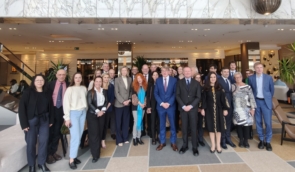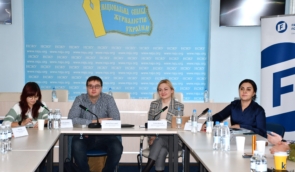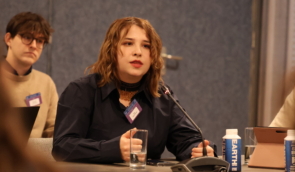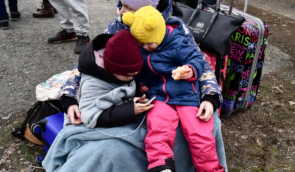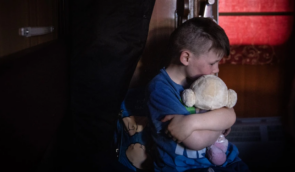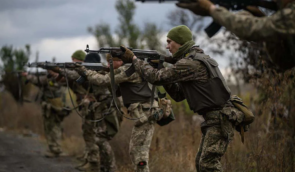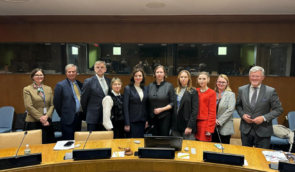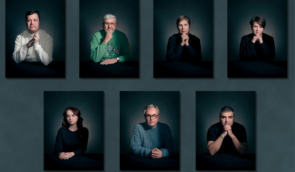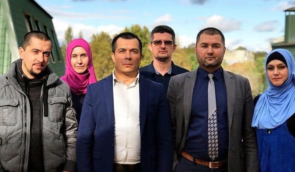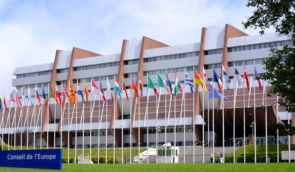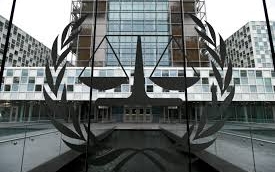Hybrid war in Donbas: experts discussed how Russia was preparing for a full-scale invasion
For millions of Ukrainians from Donetsk and Luhansk regions, the real war started ten years ago. What civilians and prisoners of war experienced in places of detention in the occupied territories, how investigations into these cases are conducted, what opportunities and mechanisms does Ukraine have to prove that Russia committed the crime of aggression and other war crimes before the full-scale.
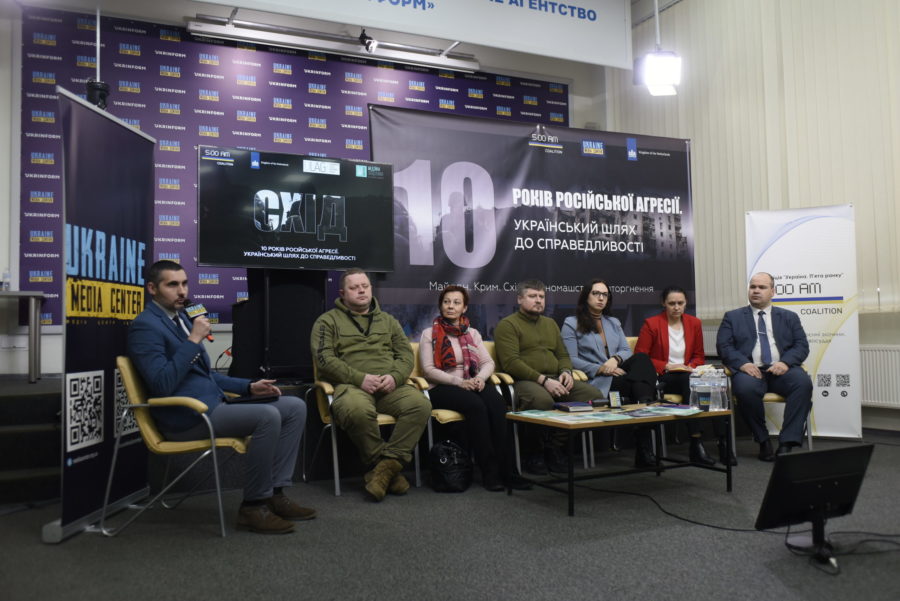
These questions were discussed by participants of the panel discussion “East” within the media marathon “10 years of Russian Aggression in Ukraine. The Path to Justice”, organized by the Ukraine 5 AM Coalition in the Media Center “Ukraine – Ukrinform”.
Human rights activists argue that the Russian aggression, which actually began in February 2014, was the embodiment of imperial ambitions following the dissolution of the USSR. It was a premeditated assault that was not incited by any events in Ukraine, contrary to what Russian propaganda alleged. This is supported by evidence and the conduct of the Russian military in the occupied territories of the so-called L/DPR in 2014.
Tetiana Katrychenko, Executive Director of the Media Initiative for Human Rights, explains that from the moment Russian mercenaries and covert military personnel infiltrated Ukrainian territory, they began setting up torture chambers and places of illegal detention for Ukrainians in the seized territories. Thousands of local residents went through these ordeals.
“While Ukraine referred to the events in the East as the “Anti-Terrorist Operation (ATO)” and the international community considered it an “internal conflict”, Russian military personnel had already been taking thousands of prisoners of war, torturing them without following any rules or norms of the Geneva Conventions. When Russians realized that Ukraine treated both military and civilian captives equally, they began to detain civilians en masse. We still do not know the exact number of such captives. Unfortunately, the justice that these citizens hoped for has not yet been achieved. And the full-scale invasion has made this prospect even more distant,” says Tetiana Katrychenko.
Olena Lazareva, an anesthesiologist from Donetsk, shared her experience of being held captive. In October 2017, she and her husband were taken hostage by representatives of illegal armed formations controlled by the Russian Federation.
She recounts that several months after the Russian invasion of Donetsk, people began to disappear, and their relatives actively searched for them in the hospitals. Later, residents learned about torture chambers where civilians ended up under fabricated charges. Olena and her husband were detained on charges of espionage. They spent over two years in captivity, including 10 months in the notorious Donetsk prison “Izolyatsia”.
“It seems that in this way the Russians were building up their exchange fund to bring their prisoners back. The conditions in the isolation facilities were terrible, with no access to information whatsoever. Detainees were forced into hard labor, beaten, tortured, andthey particularly cruelly treated women, including sexual violence,” Olena Lazareva states.
Veteran and intelligence officer of the 56th Motorized Infantry Brigade of the Armed Forces of Ukraine, Oleksii Kodman, was captured by Russians in 2015. He recounts that all “local formations” had their own curators—career Russian officers. Therefore, according to him, it is important to always emphasize that the war has been going on for ten years and the enemy remains the same.
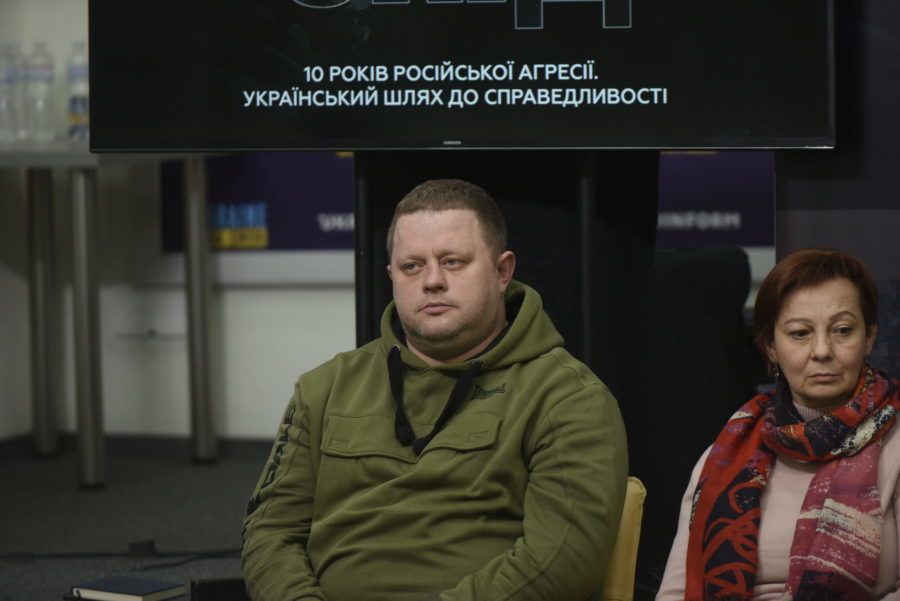
“Neither representatives of Ukraine nor international organizations were allowed to visit us. Many prisoners of war were sentenced by local quasi-courts and are serving terms of 10-15 years in prisons in the occupied territories. I was also charged with terrorism, but managed to be exchanged in 2017 before the sentence was carried out,” clarifies Oleksiy Kodman.
These facts should help prove in international courts, including the International Criminal Court, that Russian armed aggression is ongoing in Ukraine, rather than a civil or “mixed” conflict. And this is currently the main task of Ukraine.
Andrii Leshchenko, Deputy Head of the Department for Procedural Guidance and Support of Public Prosecution of the Department for Combating Crimes Committed in the Context of Armed Conflict at the Office of the Prosecutor General, says that the main focus in Donbas cases now is to prove the fact of the crime of aggression.
“In Russia, in 2013, a new doctrine of warfare was developed, known as the “Hybrid Doctrine of Gerasimov”, in which the capture of new territories should occur without direct aggression and declaration of war. This involves the use of hidden protest potential, staged mass disturbances, influence on regional administrations to break away from the influence of the central government of the country and to declare “independence,” and massive propaganda. The goal of such warfare is to prevent Ukraine from integrating into the EU and to prevent accession to NATO,” explains Andrii Leshchenko.
He emphasized that the Office of the Prosecutor General has collected a large body of evidence about the planned actions of the Russian Federation, which have the character of a hybrid war. This information is actively used in international and national courts. Regarding the actual mechanisms for holding Russia and its top officials accountable, according to the prosecutor, this is a lengthy process complicated by international norms and the institution of immunity.
Alina Pavliuk, a lawyer at the Ukrainian Legal Advisory Group, specifies that the situation in the East noticeably differs from the occupation of Crimea. In Donbas, Russia actively tested all the practices it later deployed during the full-scale invasion. Therefore, in her opinion, all events since 2014 should be assessed as a single armed conflict.
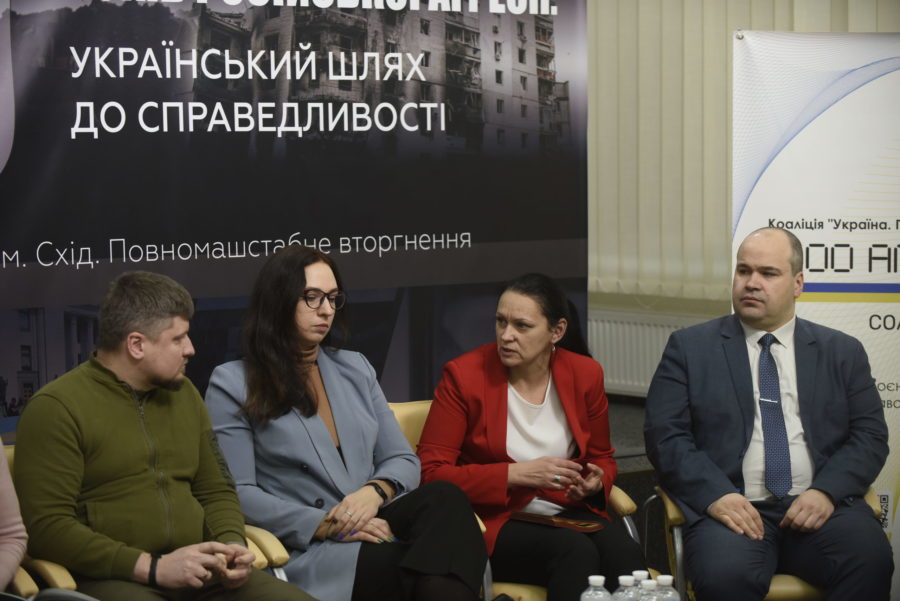
“National legislation is still not adapted to the realities of war, there are no appropriate mechanisms for bringing the perpetrators to justice,, and the Rome Statute has not yet been ratified. These issues need to be raised and the process of justice needs to be accelerated at all levels—national and international,” says Alina Pavliuk.
“Establishing the facts of torture and deaths in the occupied territories is a very difficult task. However, even under such conditions, more than 4,500 verdicts in such cases have been registered in the judicial registries of the “L/DNR.” This is a unique experience in modern international law,” states Supreme Court Judge Mykola Mazur.
In addition to criminal cases involving the investigation of war crimes and crimes against humanity, a significant portion of the work of the courts involves civil matters. One of the tasks of Ukraine is to provide access to resolution of these issues for its citizens in the occupied territories.
Mykola Mazur, who has experience working in the court of Popasna city in Luhansk region, explains that courts in Donetsk and Luhansk regions continued to operate and issue decisions related to civil status, rights, and freedoms of citizens. In doing so, courts refer to “Namibia exceptions”—a principle of international law according to which documents issued by the occupying authority must be taken into account by courts if disregarding them leads to serious violations or restrictions of citizens’ rights. The consideration of such documents by courts does not automatically mean recognition of the occupying authority. According to this principle, acts regarding birth, death, marriages, and property matters were registered in the occupied territories.
The full recording of the event is available here: in English and Ukrainian.
If you have found a spelling error, please, notify us by selecting that text and pressing Ctrl+Enter.

